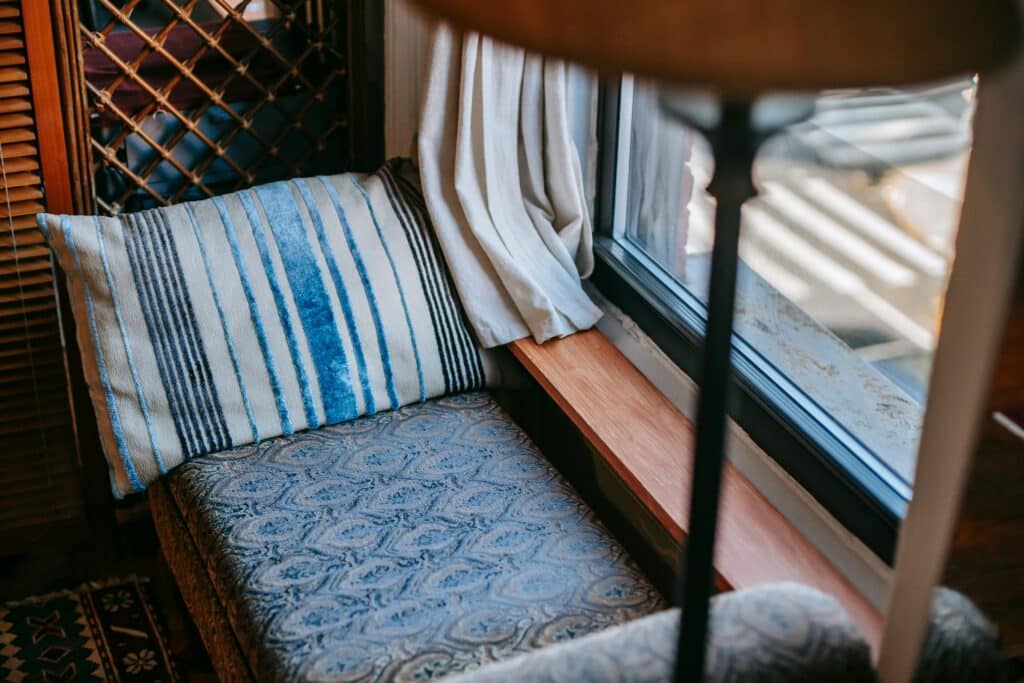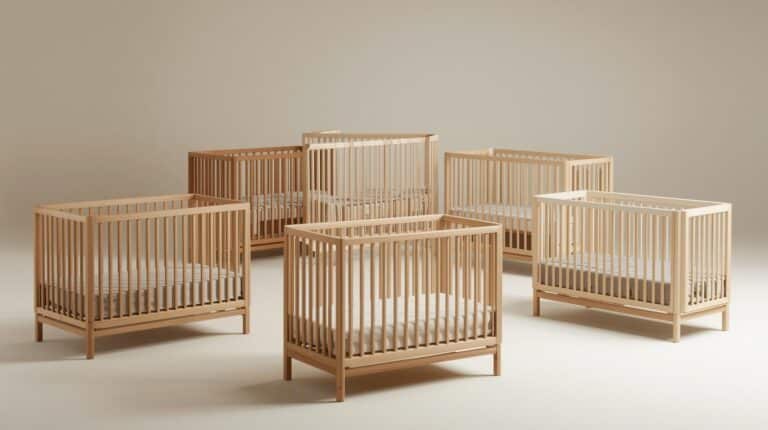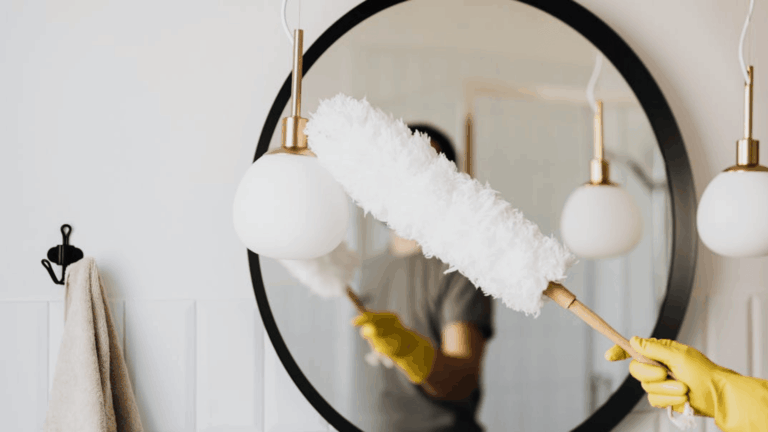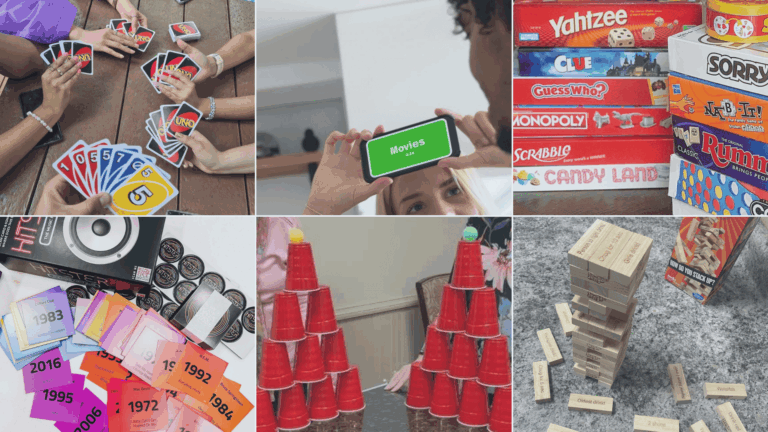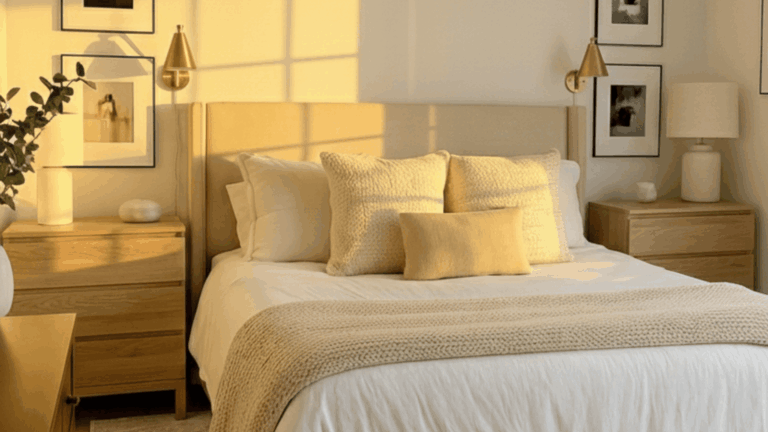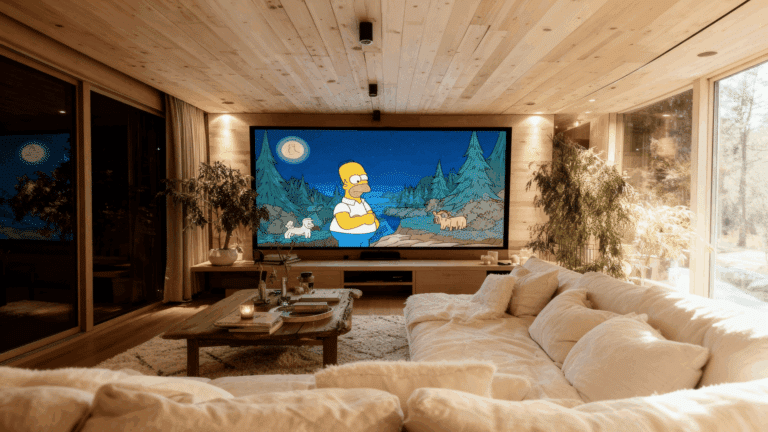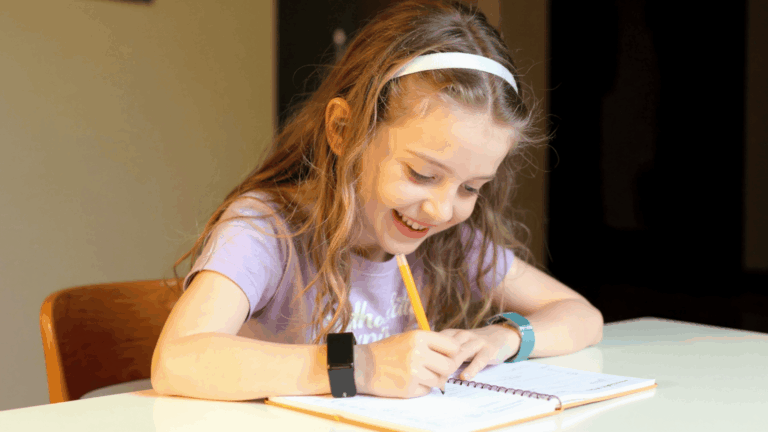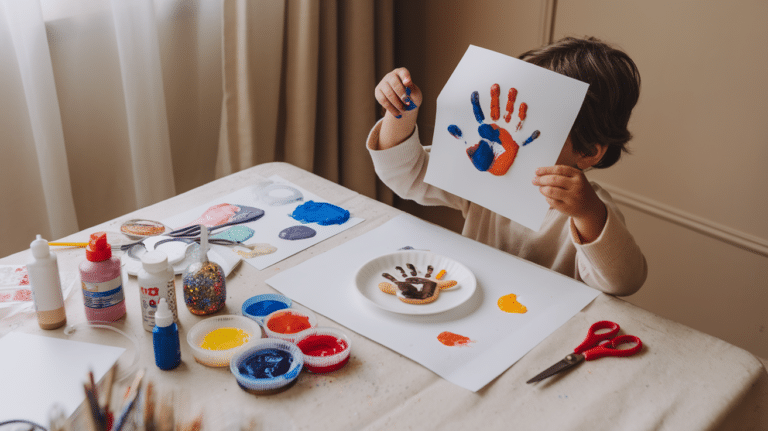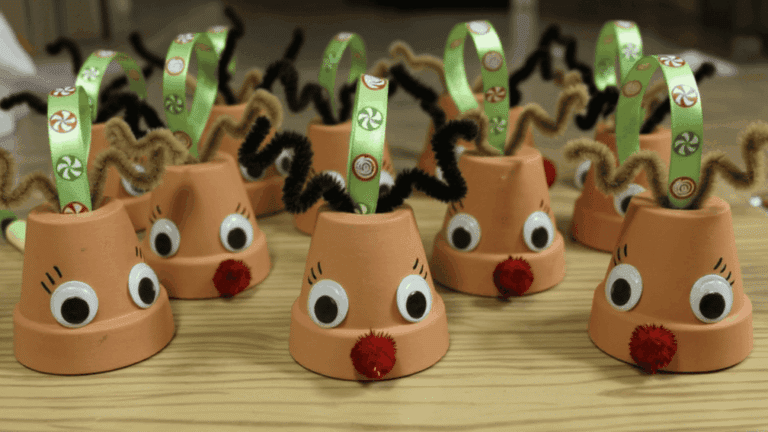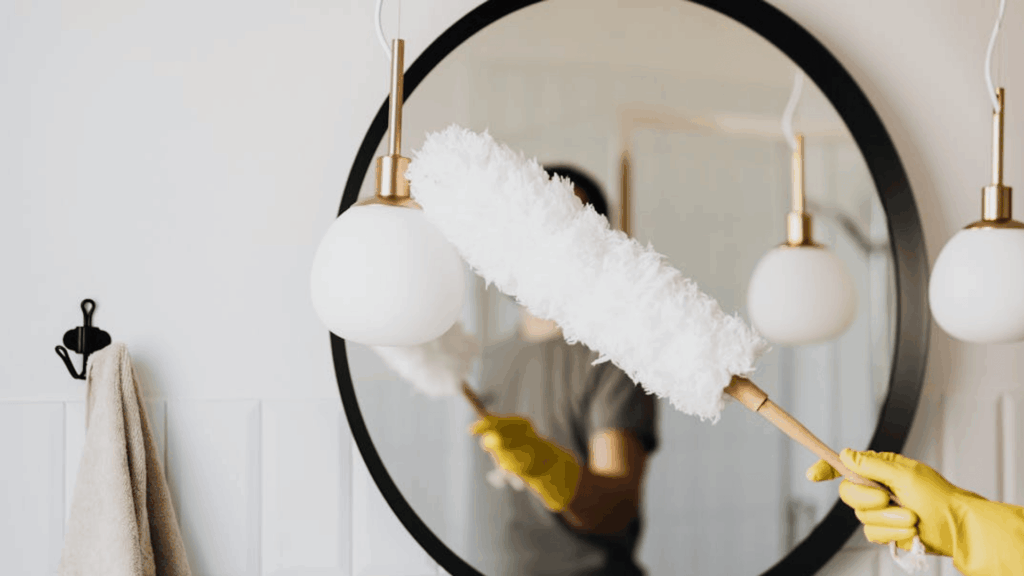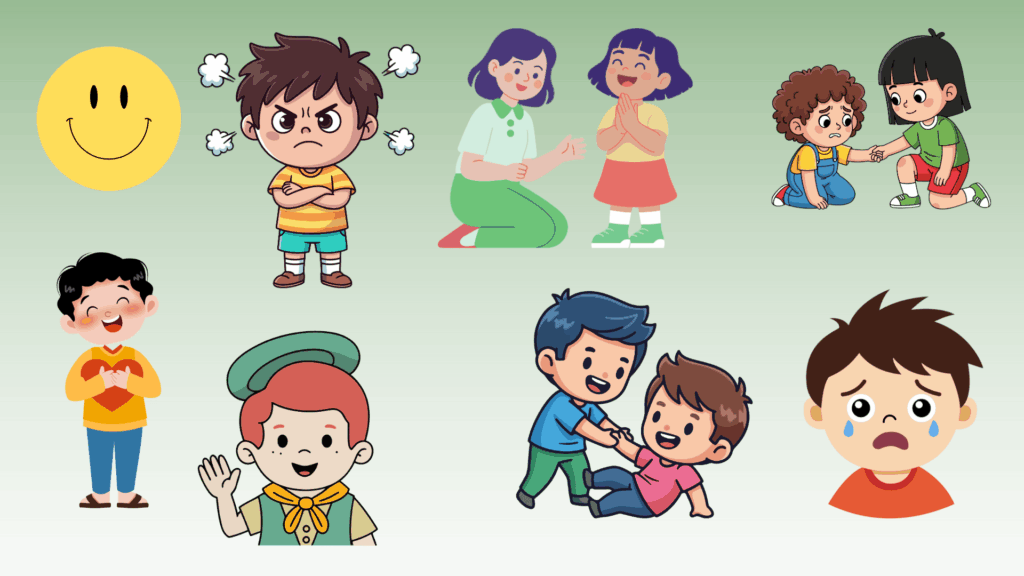Children today own three times more toys than most adults did growing up—yet many parents report more meltdowns, less focus, and constant restlessness. Is more really more? Or have we created spaces that overstimulate instead of soothe? In a world built on over-choice and visual noise, the real luxury might be a quiet corner—simple, calm, intentional. But what does it take to design a space your child actually uses to recharge, not resist? And what does it say about what they truly need?
Why Your Living Room Might Be Too Loud
Walking into a typical playroom can feel like stepping into a candy-colored storm. Plastic bins overflowing with toys, musical gadgets blinking in corners, walls plastered with educational posters. It looks fun—but for a toddler’s brain, it can be an overwhelming invitation to chaos. What we see as abundance, children often experience as confusion. Where should they start? What should they do? What does “play” even mean when every toy demands attention?
Neurological studies confirm that fewer visual stimuli help children focus longer, play deeper, and regulate emotions more effectively. But beyond science, there’s common sense: when everything screams, nothing gets heard. That’s where the idea of a peace corner comes in—not as a timeout space, but as a soft, safe invitation to just be.
This kind of environment doesn’t need to be large or expensive. In fact, one of the most effective elements is simplicity itself. A soft rug, a few textures, maybe a small bookshelf. And in some families, a Montessori floor bed becomes the heart of the space—a low, accessible surface that a child can approach or retreat from on their own terms. It signals calm. It respects autonomy. And it transforms the room’s entire emotional temperature.
The Myth of the Busy Child—and What They Actually Crave
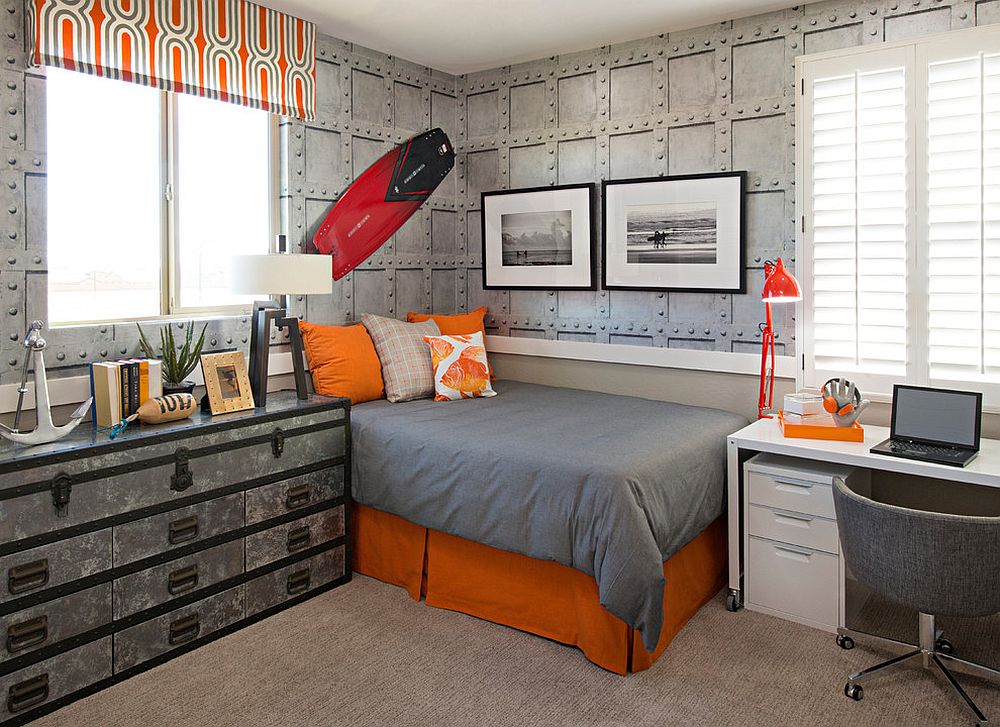
Modern parenting often revolves around schedules, enrichment, and keeping kids “busy.” Gymnastics on Monday. Art class on Tuesday. Flashcards in between. The belief is that stimulation breeds development. But somewhere along the way, we’ve forgotten the quiet. The moments of boredom. The stillness that lets a child discover what they’re drawn to—without being nudged.
Children don’t need constant entertainment. What they need is the freedom to explore calm without guilt. A peace corner offers that—a defined space where doing “nothing” is actually doing something deeply restorative. It’s where a child can flip through a book, snuggle with a stuffed animal, stare out the window, or simply lie still.
These moments are not gaps in their growth. They’re the glue.
In fact, many children, when offered a neutral zone with no agenda, begin to regulate their own emotions in ways that are impossible during overstimulated play. Tantrums decrease. Transitions get smoother. And self-soothing becomes second nature, not just a buzzword in parenting guides.
What Actually Belongs in a Peace Corner
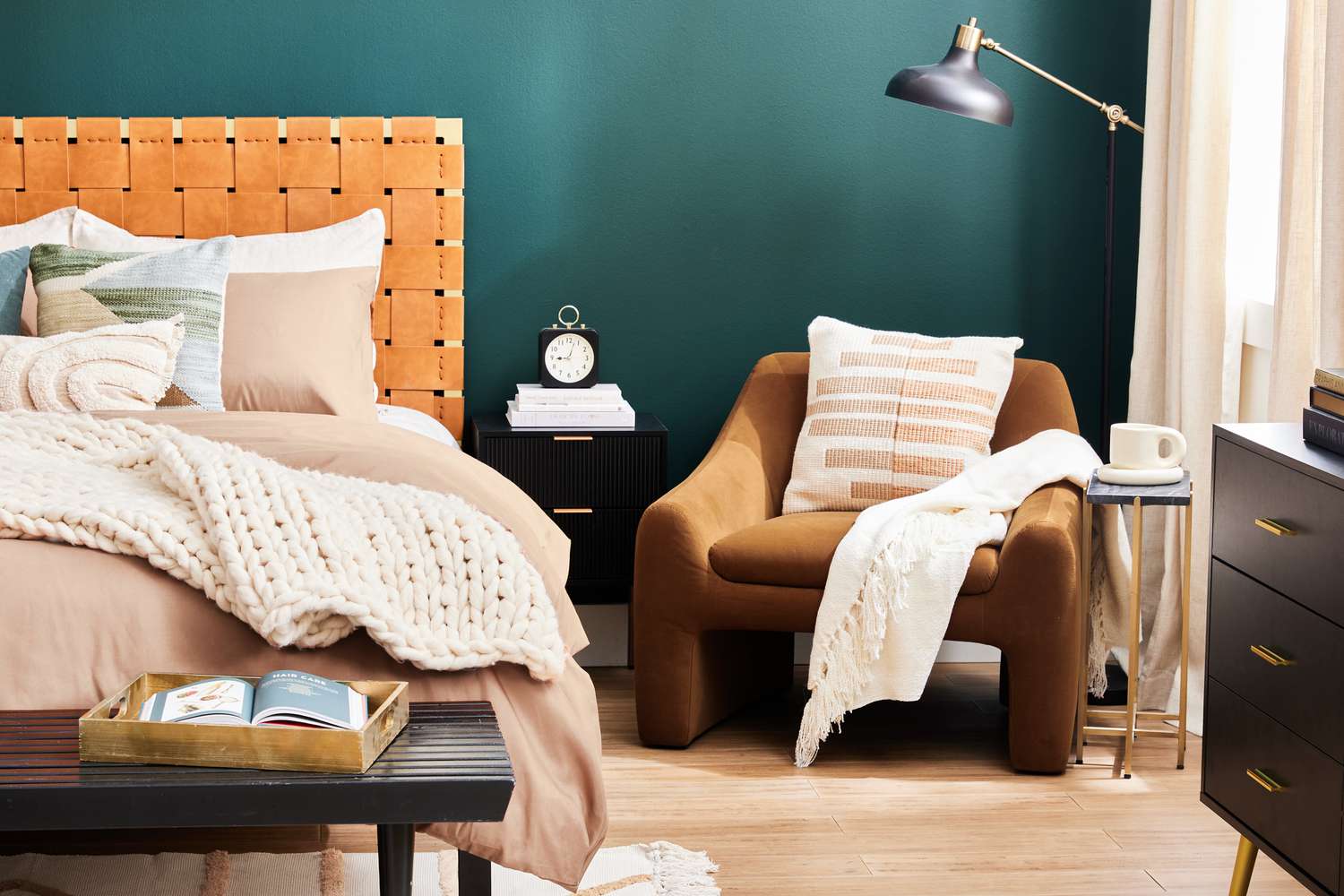
Minimalism isn’t about emptiness. It’s about clarity. When it comes to a peace corner, every item should serve a purpose: to comfort, calm, or gently invite. Think soft textures, not hard plastic. Think neutral tones, not neon chaos. Think natural light, not LED overload.
Start small. A sheepskin rug. A weighted pillow. A calming scent diffuser. A small basket of books with no loud covers. Maybe a music box that plays just one gentle tune. Then, test. Watch. Ask your child how they feel in that space. Then adjust.
Some children may want to lie down—others to curl up. That’s why flexibility is key. The space should say: “You’re welcome here, however you come.” No rules. No expectations.
If your child resists it at first, that’s okay. It may be unfamiliar. Over time, with consistent presence and invitation, it becomes part of their emotional toolkit—a place they associate with exhale, not exile.
How Parents Benefit Too—Even If They Don’t Sit There
This isn’t just for kids. The ripple effect of a peace corner touches every member of the household. When your child has a way to decompress independently, you get a moment to breathe too. You stop firefighting every emotion. You stop reacting. You start observing.
It’s also a reminder: our children mirror what we model. If we never stop moving, they learn to fear stillness. But if they see us pause, stretch, stare out the window with intention, they learn that quiet isn’t boring—it’s beautiful.
Parents who create peace corners often find themselves pulled into them. Not literally, but emotionally. The presence of such a space changes the rhythm of the home. Fewer sharp edges. Fewer jarring transitions. More grace in the between.


